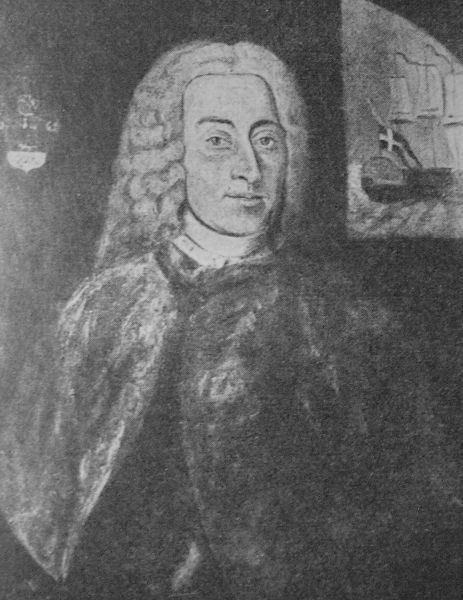Nationality Danish Norwegian | Role Mathematician Name Caspar Wessel | |
 | ||
Born June 8, 1745Vestby ( 1745-06-08 ) Known for Complex numbersComplex planeVectors Siblings Johan Herman Wessel, Ole Christopher Wessel, Gjertrud Marie Wessel | ||
Caspar Wessel
Caspar Wessel (June 8, 1745, Vestby – March 25, 1818, Copenhagen) was a Norwegian–Danish mathematician and cartographer. In 1799, Wessel was the first person to describe the geometrical interpretation of complex numbers as points in the complex plane. He was the younger brother of poet and playwright Johan Herman Wessel.
Contents
Caspar Wessel
Biography
Wessel was born in Jonsrud, Vestby, Akershus, Norway and was one of thirteen children in a family. In 1763, having completed secondary school at Oslo Cathedral School, he went to Denmark for further studies. He attended the University of Copenhagen to study law, but due to financial pressures, could only do so for a year. To survive, he became an assistant land surveyor to his brother and they worked on the Royal Danish Academy of Sciences and Letters' topographical survey of Denmark. This was not enough, however, and he took on extra work as a cartographer. He worked as a surveyor for the rest of his life, stopping only for a sabbatical year in 1778 to finish his law degree. By 1798 had risen to the supervisory role of Royal Inspector of Surveying.
It was the mathematical aspect of surveying that led him to exploring the geometrical significance of complex numbers. His fundamental paper, Om directionens analytiske betegning, was presented in 1797 to the Royal Danish Academy of Sciences and Letters. Since it was in Danish and published in a journal rarely read outside of Denmark, it went unnoticed for nearly a century. The same results were independently rediscovered by Argand in 1806 and Gauss in 1831.
One of the more prominent ideas presented in "On the Analytical Representation of Direction" was that of vectors. Even though this was not Wessel's main intention with the publication, he felt that a geometrical concept of numbers, with length and direction, was needed. Wessel's approach on addition was: "Two straight lines are added if we unite them in such a way that the second line begins where the first one ends and then pass a straight line from the first to the last point of the united lines. This line is the sum of the united lines". This is the same idea as used today when summing vectors.
Wessel's priority to the idea of a complex number as a point in the complex plane is today universally recognised. His paper was re-issued in French translation in 1897, and in English in 1999 as On the analytic representation of direction (eds. Bodil & Lützen).
In 1815, Wessel was made a knight of the Order of the Dannebrog for his contributions to surveying.
